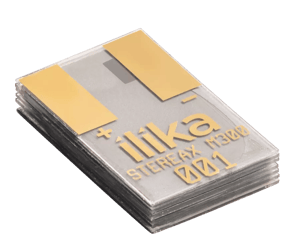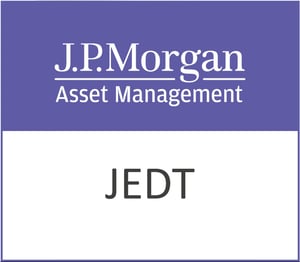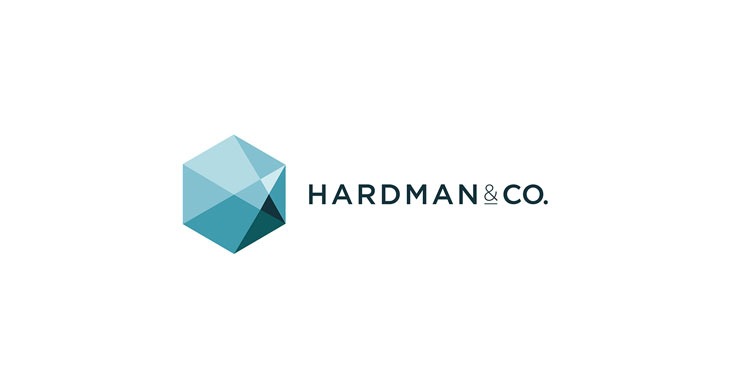A subtle revolution is unfolding in the heart of the telecom industry as operators grapple with the immense weight of legacy systems. Beneath the surface of familiar network roll-outs lies a growing tension: can traditional providers evolve their monolithic architectures into nimble, component-based environments that rival the agility of cloud-native start-ups?
Telecoms have long relied on integrated suites of billing, customer management and service orchestration. But as 5G, IoT and enterprise-grade connectivity reshape customer expectations, those once-solid systems now look cumbersome. Recent industry research reveals that a clear majority of service providers acknowledge the urgency of breaking free from vendor lock-in and tangled integrations. Yet only a fraction have moved beyond proof-of-concept to deploy modular building blocks across live services. This gulf between ambition and execution has opened a fertile field for vendors championing open digital architectures.
At its core, an open digital architecture (ODA) embraces cloud-native microservices governed by standardised APIs. In this paradigm, operators can assemble best-of-breed components in an online marketplace, swapping out underperforming modules without overhauling entire platforms. The promise is compelling: accelerated time-to-market, lower integration costs and the freedom to innovate around emerging use cases – whether immersive enterprise connectivity or ultra-reliable low-latency communications.
Leading global providers are already staking their claim. One European incumbent has piloted a composable charging solution that compresses new tariff launches from months into weeks. In Asia Pacific, a tier-one operator has exposed core customer-care functions via open APIs, attracting a new ecosystem of third-party developers. In North America, a broadband specialist leverages modular service-fulfilment components to deploy fibre-to-the-home initiatives with minimal bespoke coding.
Yet the transition is not without its challenges. Deeply entrenched legacy platforms resist disassembly, and internal silos often slow cross-functional collaboration. Cultural hurdles surface as established teams adjust to DevOps-style workflows and continuous delivery cadences. Skills gaps in containerisation and cloud orchestration further complicate roll-outs. To bridge these divides, operators are forging new partnerships, blending traditional system integrators with agile software-as-a-service providers.
This shift has profound implications for vendors. Those offering monolithic suites risk obsolescence unless they refactor their portfolios into interoperable services. In contrast, providers aligning with the ODA Canvas – a set of TM Forum-defined functional domains and open APIs – stand to capture growing demand. Sponsoring the recent benchmark report, Cerillion exemplifies this approach with its composable BSS/OSS suite. Products such as Cerillion Unify and Cerillion Enterprise deliver modular charging, catalogue and CRM services that plug seamlessly into heterogeneous ecosystems.
Investor interest is rightly piqued by this transformation. As CSPs allocate increasing budgets to cloud migration and API first initiatives, vendors with proven ODA-compliant solutions find themselves in a sweet spot. The market’s appetite for agile billing, self-service portals and unified product catalogues is intensifying. Operators are no longer willing to tolerate year-long upgrade cycles; they demand continuous feature releases and rapid integration with partner offerings.
The report’s recommendations crystallise a clear roadmap. Operators should begin with a domain-specific use case – for example, digital customer engagement or convergent charging – to demonstrate tangible ROI. Success at this scale builds the business case for wider adoption, de-risking enterprise-wide transformation. Crucially, executive sponsorship and cross-team governance are essential to dismantle legacy mindsets and foster a culture of iterative delivery. Selecting technology partners with deep ODA expertise further accelerates time-to-value, helping operators sidestep common pitfalls.
For investors, the unfolding composable era offers a compelling narrative. The winners will be those vendors who can blend domain mastery with open standards, delivering turnkey modules that slot into diverse operator landscapes. As CSPs strive to compete with hyperscalers and digital-native disruptors, they will increasingly lean on flexible platforms that support rapid innovation. This structural shift in telecom IT spending heralds a sustained tailwind for ODA-aligned solutions over the next decade.
In summary, the drive towards open digital architectures is rewriting the rules of telecom operations. By embracing modular, API-driven components, operators unlock agility and cost efficiencies that monolithic systems cannot match. This evolution not only addresses today’s network and service demands but also lays the foundation for the next wave of immersive business applications.
Cerillion plc (LON:CER) is a leading provider of billing, charging and customer management systems with more than 20 years’ experience delivering its solutions across a broad range of industries including the telecommunications, finance, utilities and transportation sectors.













































